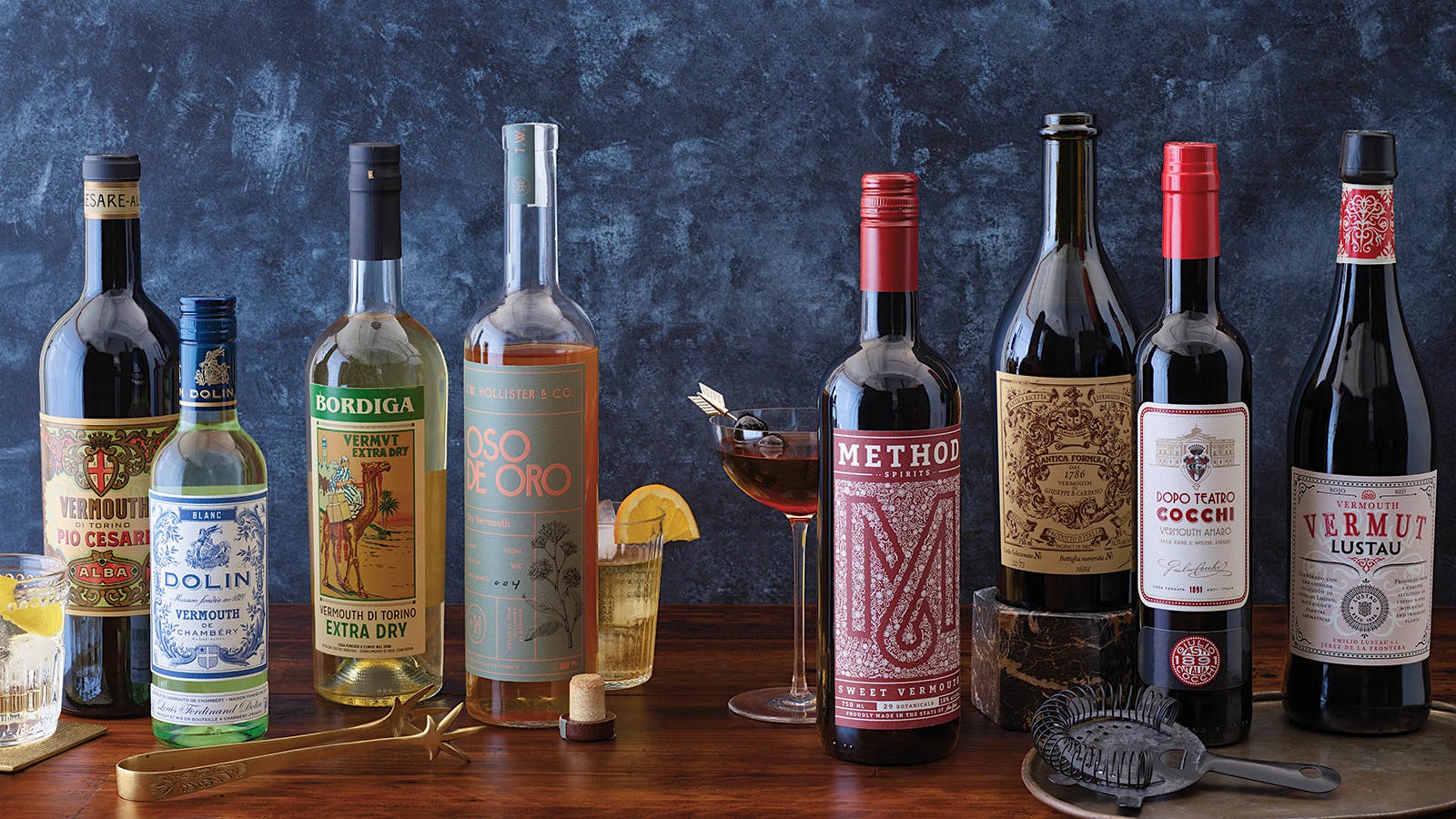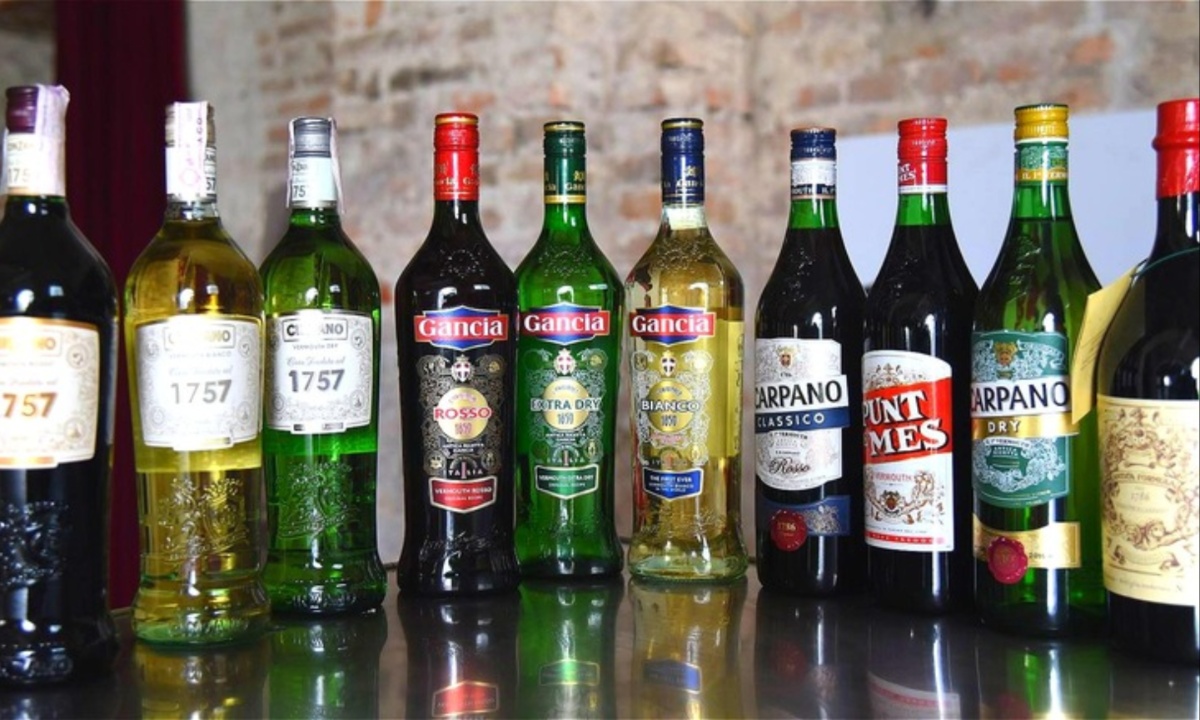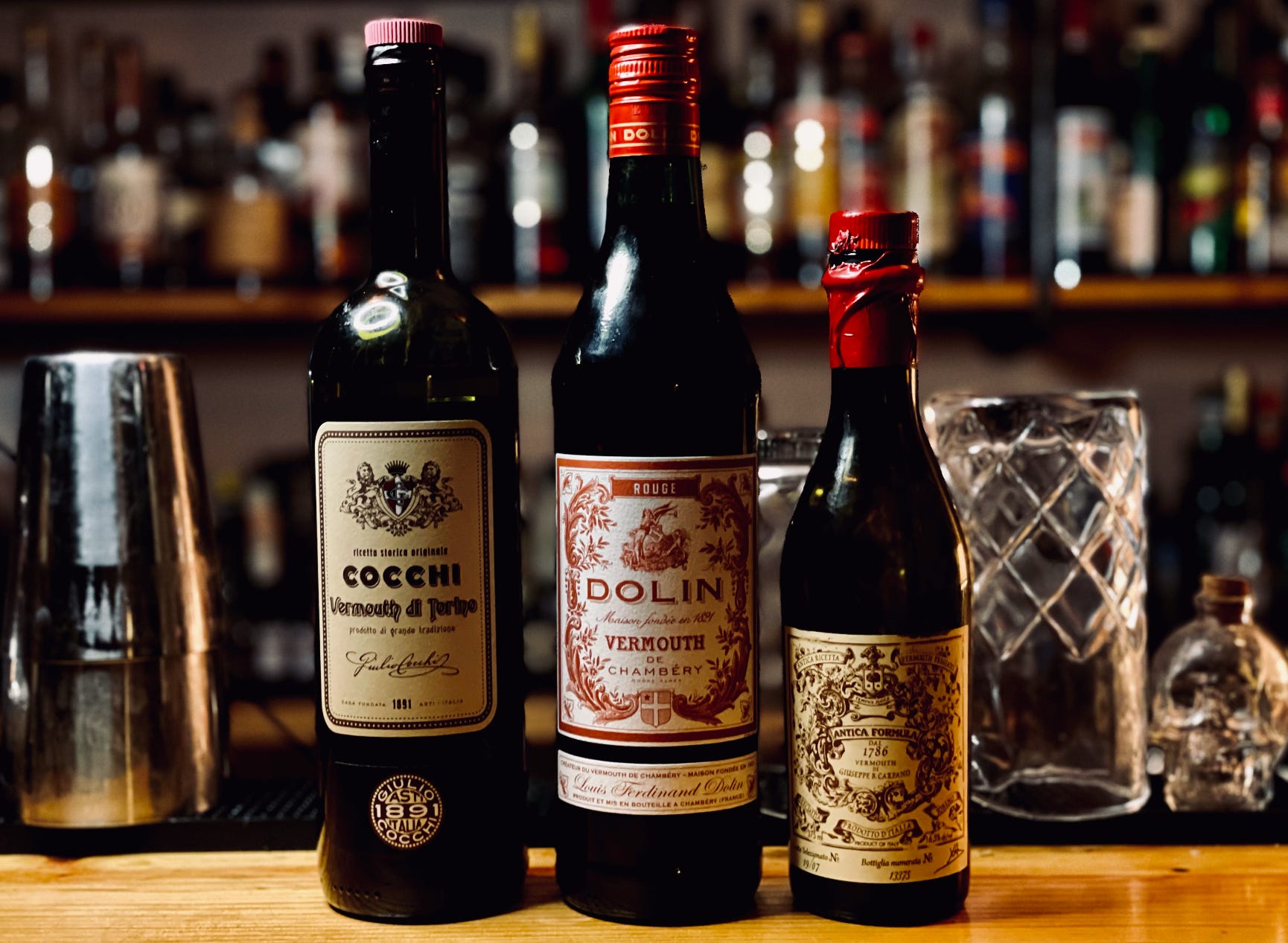Vermouth plays a crucial role in elevating many classic cocktails. It enhances drinks like the Martini, transforming them from mere chilled spirits into flavorful concoctions. In a Manhattan, it adds depth, while in a Negroni, vermouth acts as the bittersweet link between gin and Campari.
Despite its importance, vermouth is often misunderstood and improperly stored, with many people leaving it in the liquor cabinet until it turns stale. This misunderstanding may be due to its historical use as a way to mask flaws in wine rather than to add character.
The practice of adding aromatic flavors to wine dates back centuries, but vermouth, as we know it today, was first created in Italy in the late 1700s. Sweet vermouth originated in Turin in 1786, when herbalist Antonio Benedetto Carpano made the first commercial version. It quickly became popular, especially after being embraced by royalty. Vermouth’s popularity continued into the 20th century but started to wane as cocktails evolved and the Martini shifted to a drier form after World War II.

Vermouth di Torino’s IGP Recognition and Strict Production Standards in Modern History
A significant milestone in vermouth’s modern history came in 2019 with the official European Union recognition of Vermouth di Torino as a Protected Geographical Indication (IGP). This designation sets high standards for production, focusing on using quality ingredients from the Piedmont region.
For instance, three-quarters of the wine in Vermouth di Torino must be Italian, and the wormwood, a key botanical, must come from Piemonte. The Vermouth di Torino Superiore class has even stricter guidelines, with half of the wine and all botanicals required to be locally sourced.
The process of making vermouth involves fortifying a base wine with neutral spirit, raising its alcohol content to between 14-22%. This fortified wine is then infused with aromatic botanicals, which can range from herbs like rosemary and angelica to spices such as cinnamon and cardamom.
Historically, wormwood was the defining botanical of vermouth, giving it its characteristic bitterness. The resulting vermouth can vary in color and flavor, including red (sweet), white (dry), semi-dry, or even rosé varieties.

Exploring the Distinct Flavor Profiles and Leading Brands of Vermouth di Torino
Vermouths from different regions offer distinct flavor profiles. French vermouths tend to be delicate but sometimes lack depth, while Spanish vermouths are known for their boldness, though attempts to establish quality standards there have not been successful.
American craft vermouths are often experimental and may not be ideal for classic cocktails. However, Vermouth di Torino stands out for its versatility, offering a reliable and high-quality option that is perfect for both sipping and mixing.
Among the leading Vermouth di Torino brands, some have gained widespread recognition for their exceptional quality. Alessio Rosso Vermouth di Torino is highly favored for its intense bitterness and complex flavors. Oscar 697 Bianco is another standout, known for its honeyed notes balanced by a bitter finish.
Cucielo Vermouth di Torino, crafted by Scotsman Andy Holmes, offers a distinct flavor with green apple, cardamom, and elderberry notes. 9diDante, produced by Alex Ouziel, also stands out, offering a wide range of botanicals with unique flavor profiles.
For those seeking the best vermouth for cocktails, Pio Cesare Rosso Vermouth di Torino is considered one of the finest. Produced by a prestigious Barolo-making family, it offers a rich, textural experience with a balance of bitterness and sweetness. Its notes of cake spice and golden Chardonnay lift the drink, making it ideal for a Manhattan. The revival of Pio Cesare’s vermouth production demonstrates how times have changed, with a renewed focus on quality and craftsmanship. This return to tradition shows that vermouth can now be as celebrated as the spirits it complements in cocktails.


